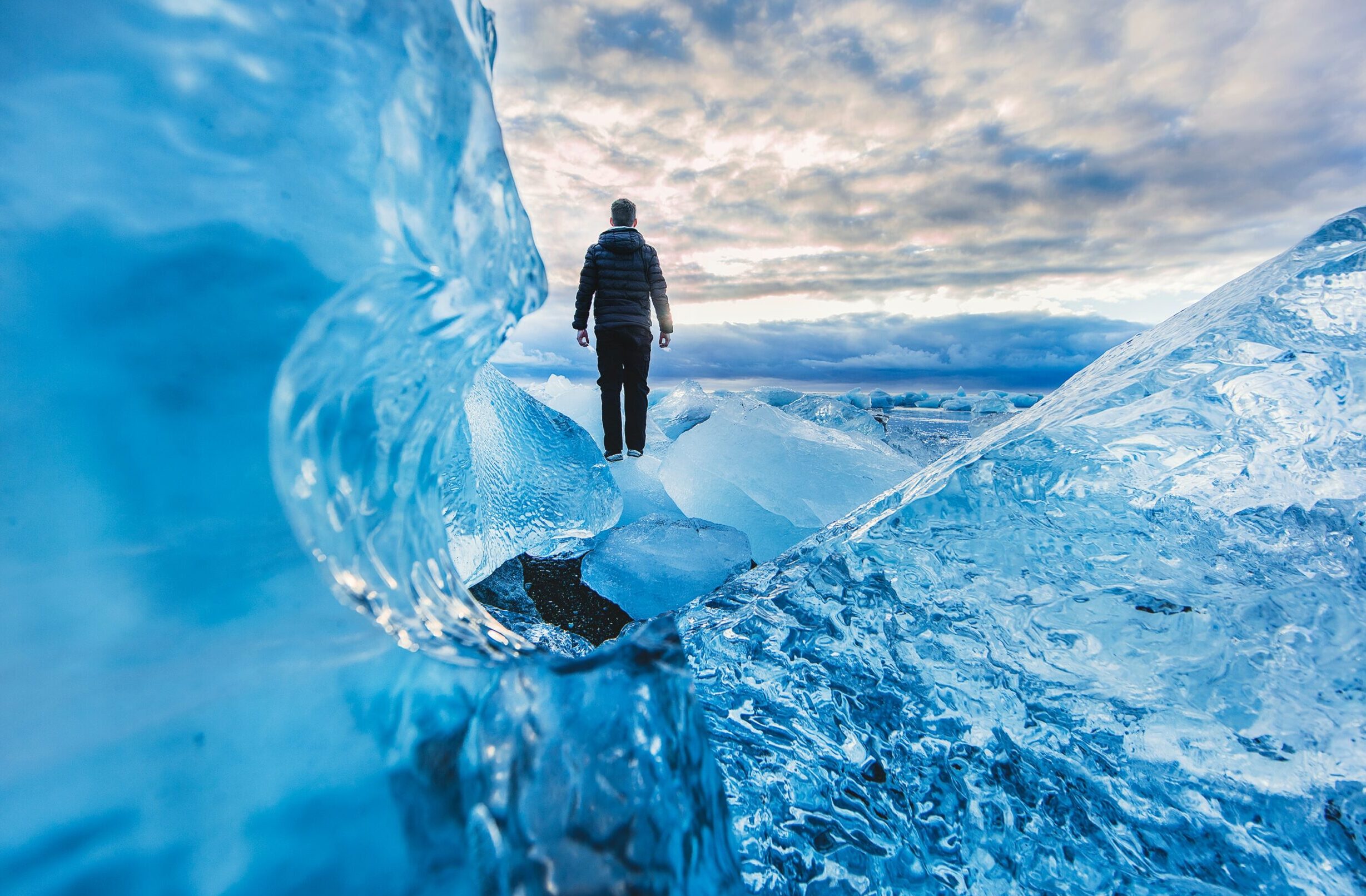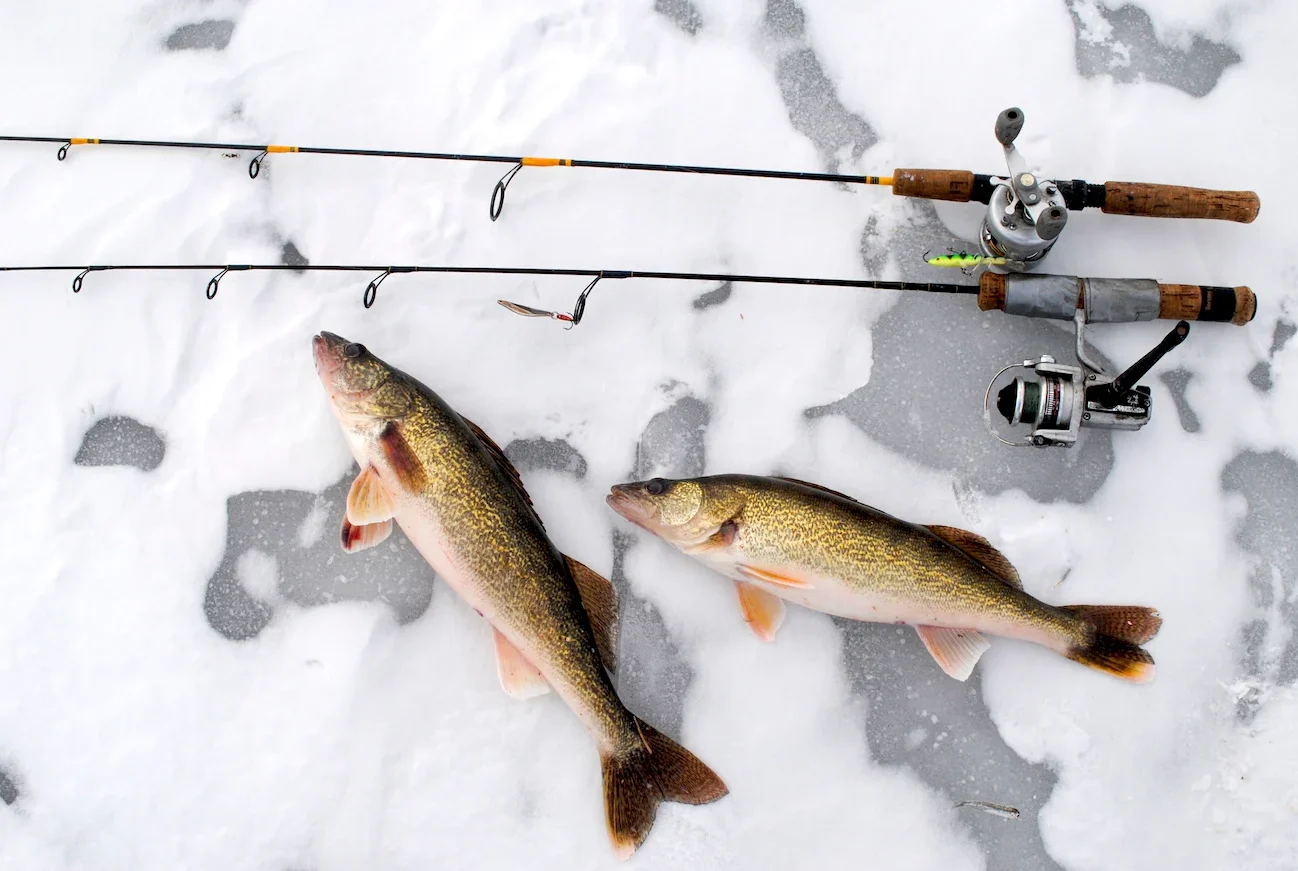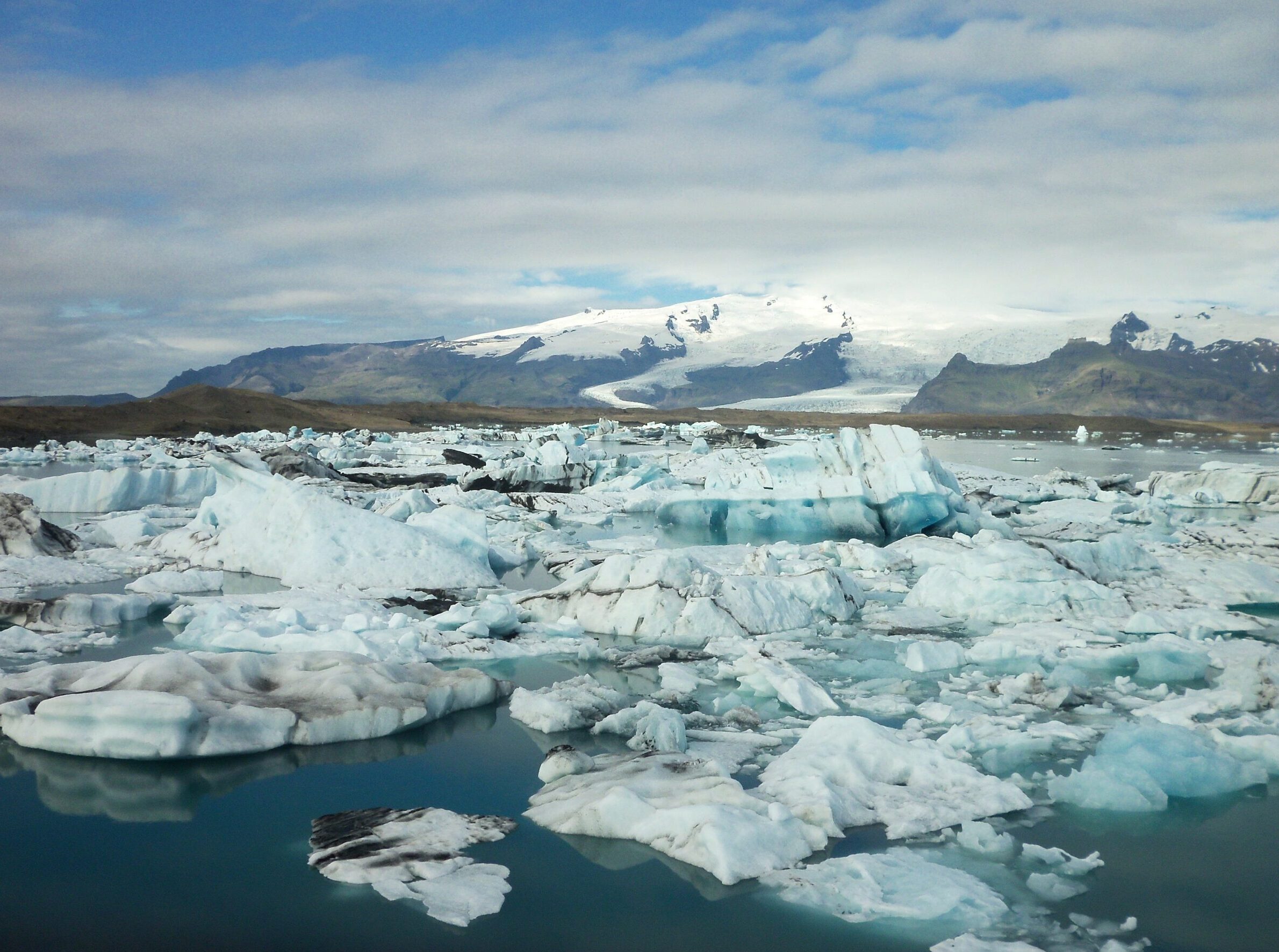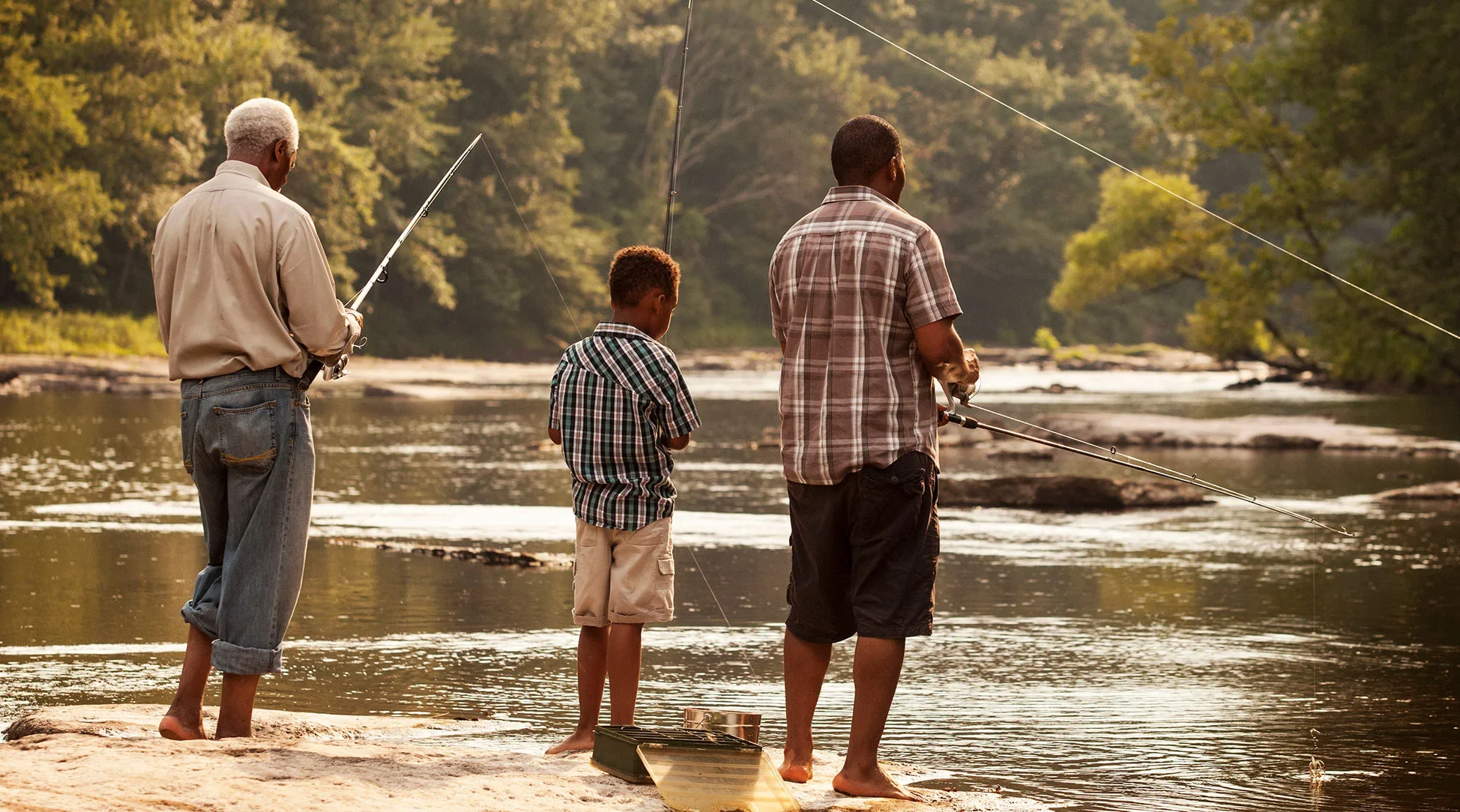Are you looking for a winter fishing adventure? Look no further than ice fishing for walleye! These elusive fish can provide an exciting challenge, and with the right tactics, you could even land a trophy. But where do you start? In this blog post, we’ll cover everything from the best times and places to fish for walleye to the gear and techniques needed for success on the frozen tundra. So bundle up, grab your equipment, and let’s explore all there is to know about ice fishing for walleye.
The Best Times to Fish for Walleye
Timing is everything when it comes to ice fishing for walleye. The best time to fish for walleye is during their feeding times, which are typically early morning and late afternoon. During these periods, they tend to be more active and are actively searching for food.
Another factor to consider is the weather conditions. Walleyes tend to be more active on cloudy or overcast days than on bright sunny days. On clear days, they may retreat deeper into the water where it’s darker and cooler.
Seasonal changes also play a role in determining the best time of year for walleye fishing. In winter, when the lake has frozen over, you’ll want to hit the ice as soon as possible after freeze-up while there’s still open water underneath it.

In spring, right after the ice melts away from shorelines but before spawning takes place can be an excellent time for catching trophy-sized walleye.
In summer months, early mornings or late evenings can produce some great results! Fall brings with it cooler temperatures that bring out hungry fish looking for easy meals before winter sets in.
By taking advantage of these key times throughout the year along with good weather patterns that allow you access to your favorite fishing spots- You will greatly increase your chances of having a successful day on the water!
The Best Places to Fish for Walleye
When it comes to ice fishing for walleye, choosing the right location can mean the difference between a successful day on the water and returning home empty-handed. Here are some of the best places to fish for walleye during winter:
1) Drop-offs – Walleye tend to hang out in deeper waters during winter, making drop-offs an ideal spot for anglers. These areas provide a transition zone between shallow and deep waters, where baitfish often congregate.
2) Weed Beds – Despite what you may think, weed beds aren’t just for summer fishing! In fact, they can be productive spots for catching walleye during winter as well. Look for green weeds that are still standing tall underwater.
3) Points and Humps – Walleye love structure, so points and humps in your local lake or river can be great spots to try. These areas provide cover from current and allow them to ambush prey passing by.
4) Break Lines – Similar to drop-offs but less steeply sloping; break lines create natural edges which attract both baitfish and predatory fish like walleyes.
5) River Mouths – If you have access to flowing bodies of water in your area then targeting river mouths is also a good strategy as these tend to attract large numbers of fish searching out warmer water temperatures.
Remember, always check with local regulations before heading out onto any body of water- And while these locations are great starting points do not neglect smaller structures such as sunken logs or boulders which could hold trophy-sized fish!

The Right Gear for Ice Fishing for Walleye
When it comes to ice fishing for walleye, having the right gear is crucial. Here are some key items you’ll need to make sure your next outing on the ice is a success.
First and foremost, you’ll need an auger or drill to create a hole in the ice. Be sure to get one that’s powerful enough to cut through even thick ice quickly and easily.

Next up, you’ll want a sturdy and comfortable portable shelter or tent. This will provide protection from the elements as well as give you a place to warm up during breaks.
A good pair of insulated boots with reliable traction is also essential for staying safe and comfortable while out on the ice. And don’t forget gloves, hats, and other layers of warm clothing!
Once you’ve got your basic gear sorted out, it’s time to think about your fishing equipment. You’ll want a quality rod and reel combo designed specifically for walleye fishing on ice – look for models that offer sensitivity without sacrificing strength.
And finally, be sure to bring along plenty of bait options – live minnows are always popular but consider trying out artificial lures like jigs or spoons too!
The Best Baits and Lures for Walleye
When it comes to ice fishing for walleye, choosing the right bait and lure can make all the difference. Here are some of the best options to consider:
Jigging Raps: These lures have a unique swimming action that mimics injured baitfish, making them irresistible to hungry walleye. They work well in both shallow and deep water.
Live Bait: Live minnows or nightcrawlers are always a reliable option when targeting walleye. Hooking them through the back or lips allows them to swim freely and appear more natural.
Spoons: Spoons come in a variety of sizes and colors and can be jigged at different depths to mimic wounded baitfish. Their flash also helps attract curious fish.
Swimbaits: These soft plastic lures imitate small fish, crayfish, or other prey items that walleye feed on regularly. They work particularly well when fished slowly along the bottom.
Tip-ups with Large Shiners: If you’re looking for trophy-sized walleye, using tip-ups loaded with large shiners is your best bet. Place these near drop-offs where big fish like to hang out.
Ultimately, experimenting with different baits and lures is key to finding what works best on any given day. Pay attention to what’s working (or not) throughout your trip, adjust accordingly, and you’ll be sure to land some impressive catches!
How to Set the Hook When Ice Fishing for Walleye
Setting the hook when ice fishing for walleye can be a bit tricky, but it’s an essential skill that every angler needs to master. Here are some tips on how to set the hook properly and increase your chances of landing a trophy fish.
Firstly, it’s important to keep your line tight at all times. If you feel any tension or movement on your line, don’t hesitate to set the hook immediately. This is especially important when using live bait as walleye tend to swallow their prey quickly.
Secondly, knowing when to set the hook is crucial. Many anglers make the mistake of setting too early or too late, which can result in missed opportunities or lost fish. The key is to wait until you feel a steady pull on your line before setting the hook firmly.

Thirdly, use a quick upward motion with your rod when setting the hook. This will ensure that the barb of your hook penetrates into the jawbone of the walleye and secures its position.
Practice makes perfect! It may take some time and patience before you master this technique effectively but once you do so successfully there would nothing stopping from catching more fishes effortlessly!
Playing and Landing a Walleye
Playing and landing a Walleye is an exciting experience for any angler. Once you have successfully hooked the fish, the real challenge begins. The key to playing a Walleye is to keep your line tight while reeling in with a steady pressure. This will prevent the fish from breaking free.
As you begin to reel in, be prepared for sudden bursts of energy from the fish, which can make it challenging to maintain control over your fishing rod. Stay patient and let the fish tire itself out before attempting to bring it closer.
Once you’ve successfully played and tired out your Walleye, it’s time to land it. Use a landing net that is big enough for your catch but not too heavy or cumbersome for you to handle easily with one hand.
When bringing the fish into the boat or onto shore, be careful not to damage its delicate scales or gills as they are essential for its survival when released back into the water.
If keeping your catch, use proper tools such as pliers or de-hookers when removing hooks from their mouths while minimizing handling time as much as possible.
Remember that releasing live walleyes back into their natural habitat helps ensure healthy populations of these beloved sportfish remain available for future generations of anglers!
What to Do With Your Catch
After all the excitement of catching a walleye, it’s important to handle it properly to ensure its safety and quality. First, remove the hook carefully with pliers or a dehooking tool, being sure not to harm the fish. If you plan on keeping your catch, place it in a cooler or bucket filled with ice to keep it fresh until you can clean and cook it.
Cleaning a walleye is fairly easy once you know how. Start by making an incision behind the gills and cutting down towards the belly. Remove any internal organs and rinse out the cavity thoroughly with cold water. Next, use a sharp fillet knife to cut along the backbone from head to tail on one side of the fish, then flip it over and repeat on the other side.
Cooking methods for walleye are endless – baked, grilled, fried – but be sure not to overcook it as this can dry out its delicate flesh. A simple seasoning of salt and pepper or lemon juice is often enough to enhance its mild flavor.
In addition to enjoying your catch at home, consider donating extra fish that you don’t plan on eating yourself to local charities or organizations that provide meals for those in need.
Ice fishing for walleye requires patience and skill but can lead to some truly rewarding experiences both on and off the ice. With these tactics in mind for finding hot spots during peak times using specialized gear paired with enticing baits; setting hooks properly leading into playing & landing trophy size Walleyes; wrapping up each trip safely while handling & cooking your catches – get ready for some real fun come this winter season! Happy Fishing!


